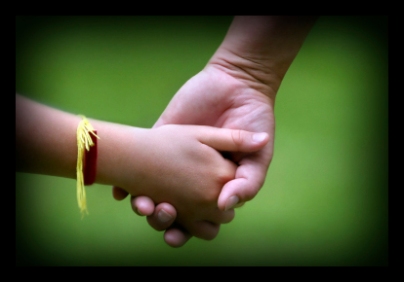The issue is that…
Approximately 500,000 children are in the foster care system in the United States (McCuistion, 2009). On average, children stay in the foster care system for almost three years before either being reunited with their families or adopted. (ABC News, 2006). Thus as time progresses, we come to face not having nearly enough possible foster care homes for the amount of children needing a shelter and care.
Rhetorical Timing
40% of the homeless people living in the United States were once in foster care and consist of the fastest growing portion of the homeless population (McCuistion, 2009). However Scott McCowan, the executive director of the Center for Public Policy Priorities, states that it does not automatically mean that if an individual is in foster care, he or she will become part of that statistic. Yet there are often serious attachment disorders as a child may be moved from home to home. He says, “Sometimes there are too many children in one home. This is a vulnerable population and they need extra care” (McCuistion, 2009).
A Baltimore study completed by the McCuistion Program tracked foster care children for 12-18 months after they aged out of foster care and found: (McCuistion, 2009).
- 27% of the males and 10% of the females were incarcerated.
- 33% required public assistance.
- 37% had not finished high school.

These statistics encouraged for the “Fostering Connections to Success and Increasing Adoption Act” to be signed into law by President Bush on 2008. This act made a significant amount of changes in the Child Welfare System in order to improve foster care and adoption assistance (Children’s Defense Fund, 2012). Without a doubt, by putting this act in effect, numbers of such negative impact on individuals in the foster care system would decline.

